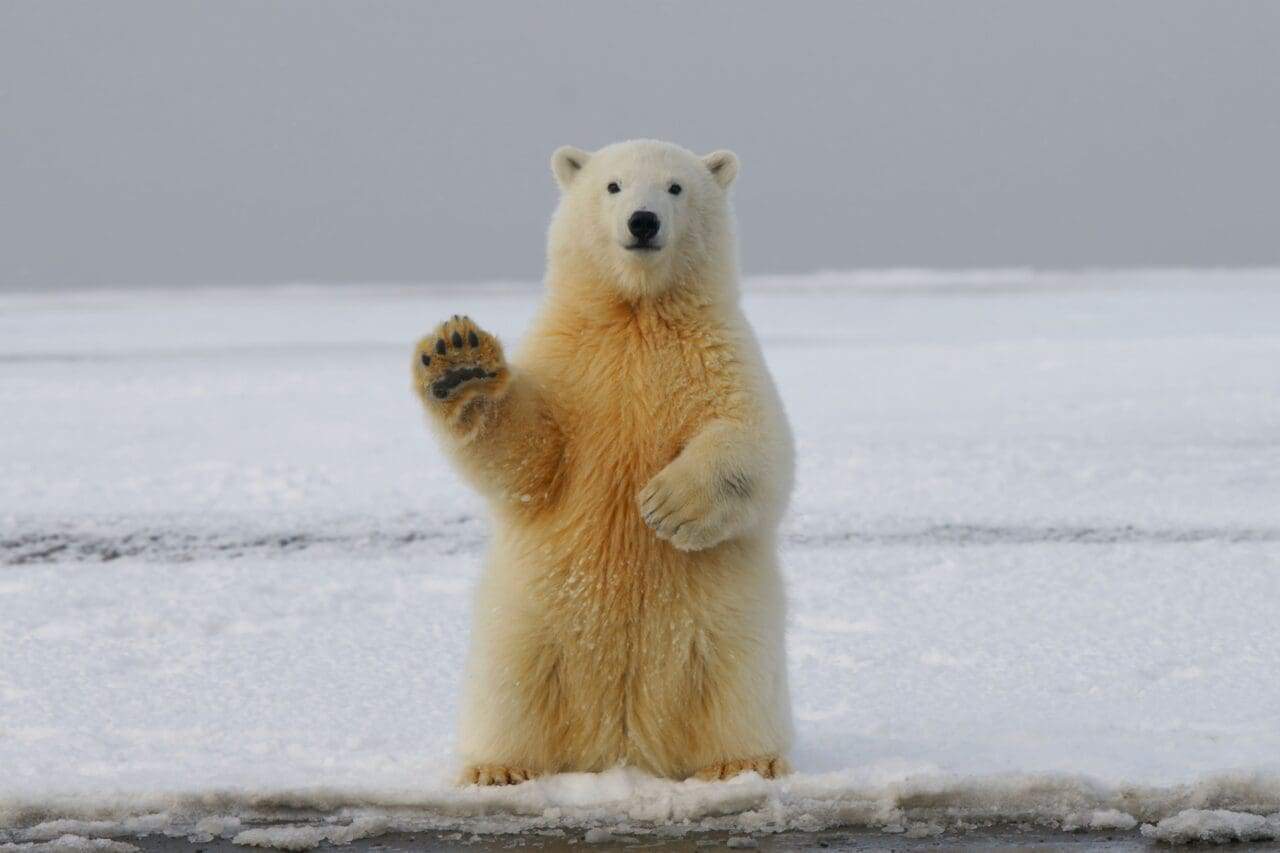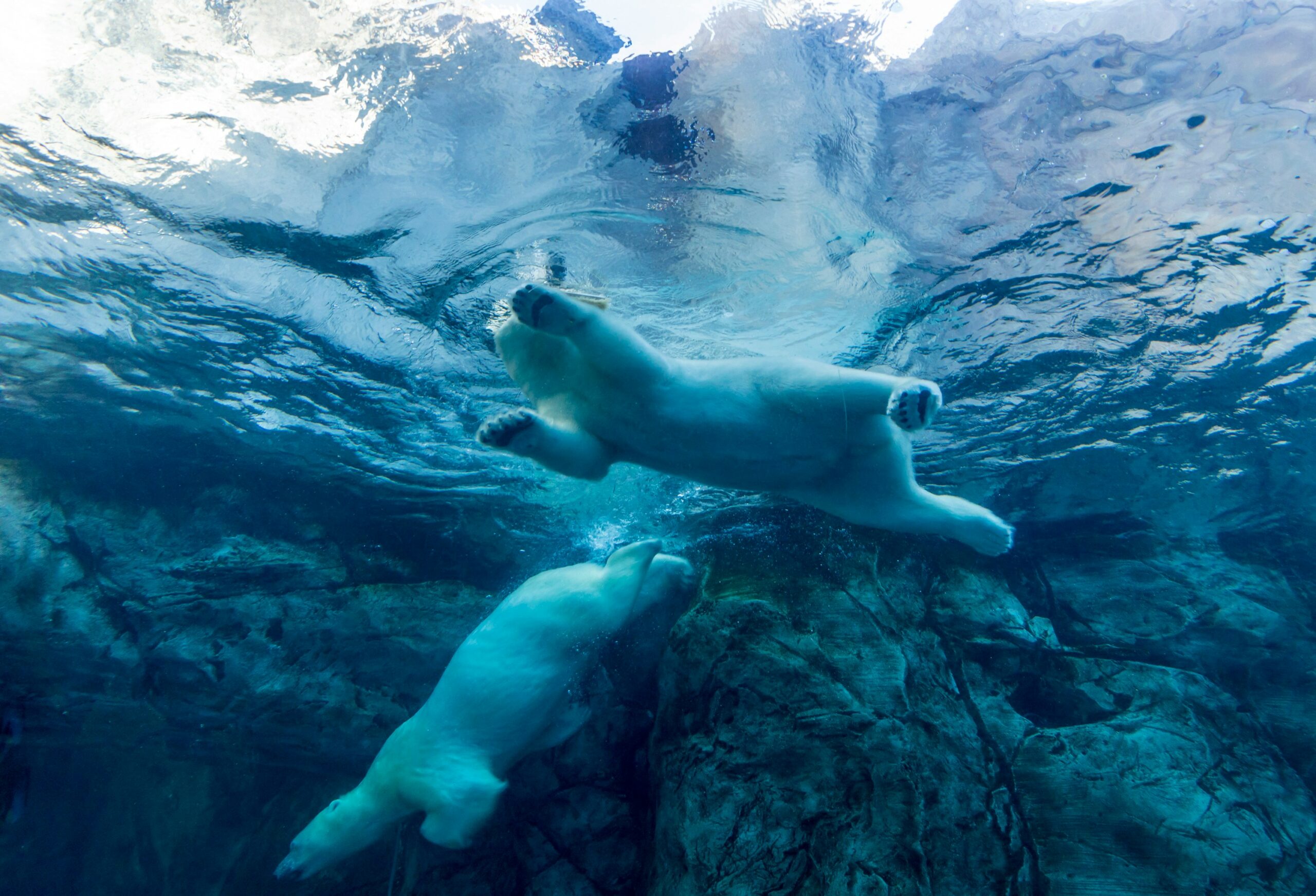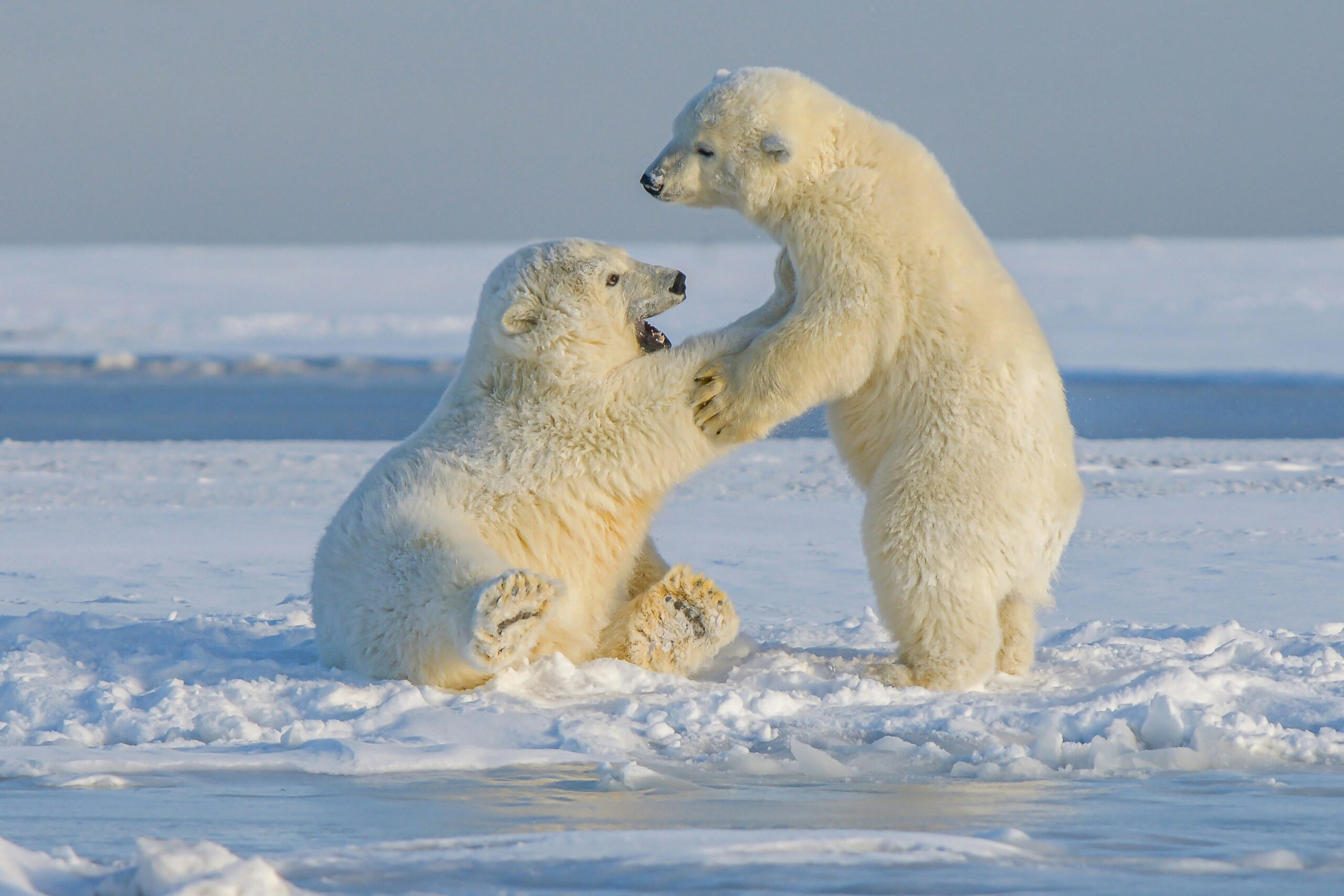Polar bears, known as the charismatic icons of the Arctic, are increasingly facing the detrimental effects of climate change. The rise in global temperatures, largely caused by human activity and the burning of fossil fuels, has led to the loss of Arctic sea ice, which is crucial for the survival of these magnificent creatures.

Declining Sea Ice: The primary impact of climate change on these beauties is the loss of their sea ice habitat. They depend on sea ice for hunting seals, their primary source of food. However, due to rising temperatures, the sea ice is melting at an alarming rate. This results in shorter hunting seasons for polar bears, leaving them with less time to build up the necessary fat reserves for the summer months.
Reduced Hunting Opportunities: With the decline of sea ice, they have limited access to seals, leading to a reduction in hunting opportunities. This ultimately affects their ability to find sufficient food, resulting in malnutrition and decreased reproduction rates.
Longer Swimming Distances: As the sea ice retreats further from the shore, the bears are forced to swim longer distances to reach land or find suitable hunting grounds. Swimming such long distances can exhaust polar bears, putting them at a higher risk of drowning or succumbing to exhaustion far from shore.

Increased Competition: With shrinking sea ice, polar bears are forced into smaller areas, leading to increased competition for limited resources. This heightened competition can lead to aggressive encounters between bears, resulting in injuries and even death.
Polar Bears Aren’t Having as Many Babies Due to Climate Change
Impacts on Reproduction: Climate change has a significant impact on the reproductive abilities of polar bears. The shorter hunting seasons and decreased food availability make it harder for females to reach the necessary body condition to successfully reproduce. As a result, cub survival rates have declined, leading to concerns about the long-term viability of polar bear populations.
“The loss of Arctic sea ice due to climate change is the single biggest threat to the survival of polar bears,” says Dr. Emily Thompson, a prominent climate scientist specializing in Arctic ecosystems. “Immediate action is needed to reduce greenhouse gas emissions and mitigate the impacts of climate change to ensure a future for these majestic creatures.”

Key Takeaway: Climate change is having a profound impact on polar bears, primarily through the loss of their sea ice habitat. Immediate action is necessary to mitigate the effects of climate change and protect these iconic Arctic species.
Save the Polar Bears!




